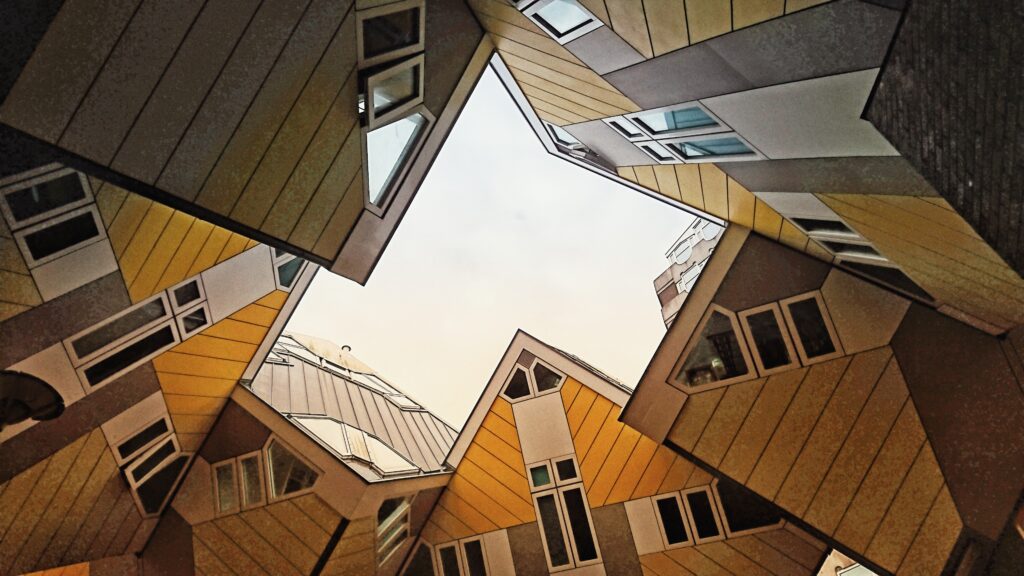Interior in inferiority?

According to Raymund Konigk, this conflict is most evident in the effort to change the title from ‘interior design’ to ‘interior architecture,’ a shift that began in the 20th century. While this title change has garnered strong support from many professionals, it has also faced opposition from a group of educators and theorists for two main reasons. First, the title change is seen as an admission of the subordinate status or ‘the professional embarrassment’ of interiors compared to architecture. Second, this shift risks undermining the autonomy and independence of interior discipline by aligning it more closely with architecture—a discipline that, as a profession, has itself struggled to clearly define its identity and the theoretical boundaries of its practice (Königk, 2011).
Theo Raymund Konigk, sự mâu thuẫn này thể hiện rõ nhất trong nỗ lực đổi tên từ ‘thiết kế nội thất’ sang ‘kiến trúc nội thất’ (interior architecture) bắt đầu từ thế kỉ 20 (Königk, 2011). Bên cạnh những ý kiến ủng hộ mạnh mẽ của giới thực hành, xu hướng chuyển đổi này cũng vấp phải sự phản đối của một nhóm các nhà giáo dục và lý luận vì hai nguyên nhân chính. Thứ nhất, việc đổi tên là một hình thức thừa nhận sự yếm thế của chuyên ngành nội thất so với kiến trúc. Thứ hai, việc chuyển đổi này sẽ làm suy giảm tính tự chủ và độc lập của nội thất so với kiến trúc khi bản thân kiến trúc dưới tư cách là một chuyên ngành (profession) cũng chưa từng thành công trong việc định rõ danh tính (title) và giới hạn thực hành (practice) của chính mình:
‘Another component of architecture’s high indeterminacy is the profession’s unusual tendency to slough off constitutive skill areas, which subsequently become professions in their own right – for example, civil engineering, structural engineering, interior design, site planning, and urban design. These related professions then compete with architecture.’
(Rittel in Cuff, 1991, p. 39).
